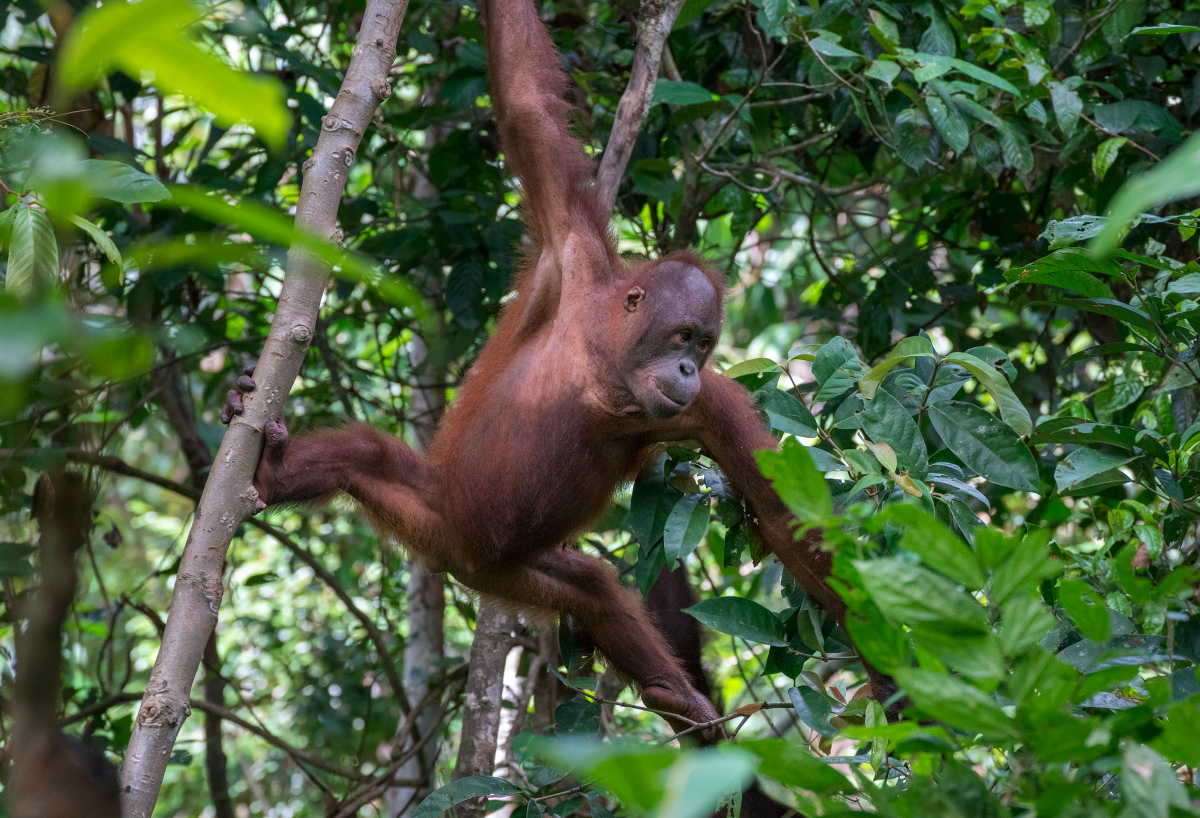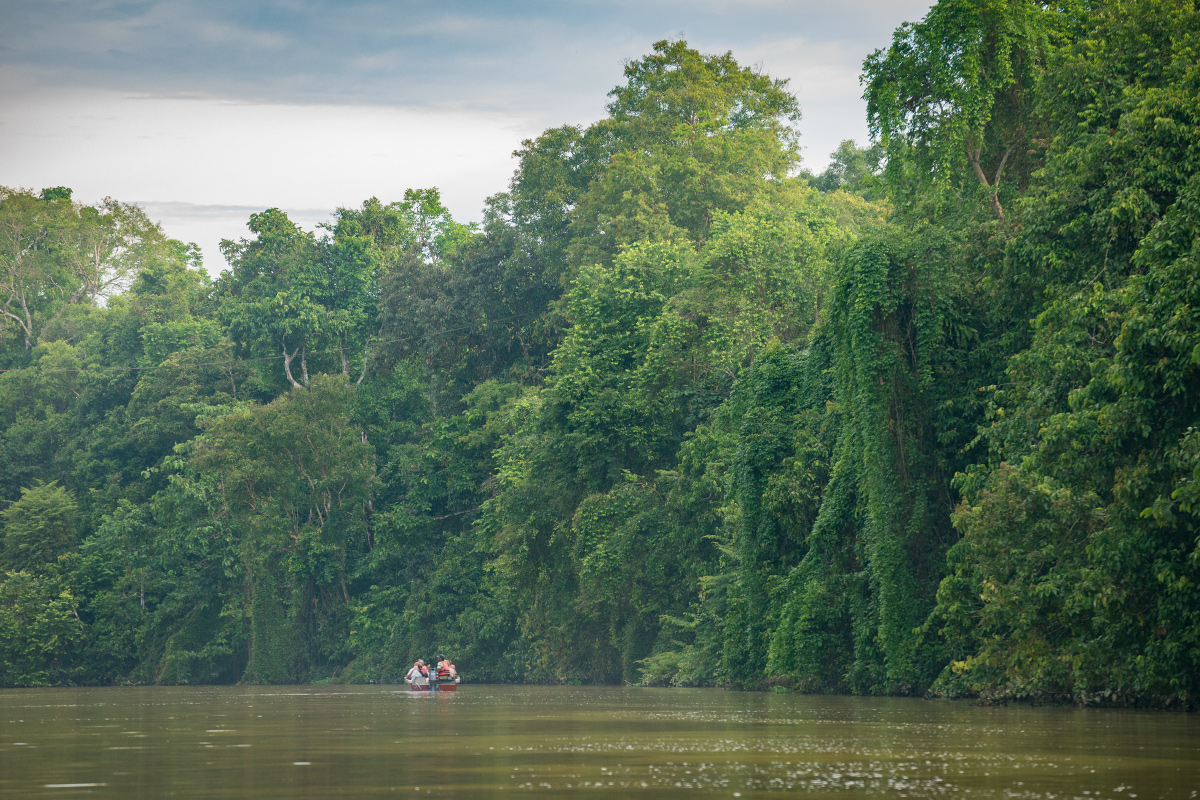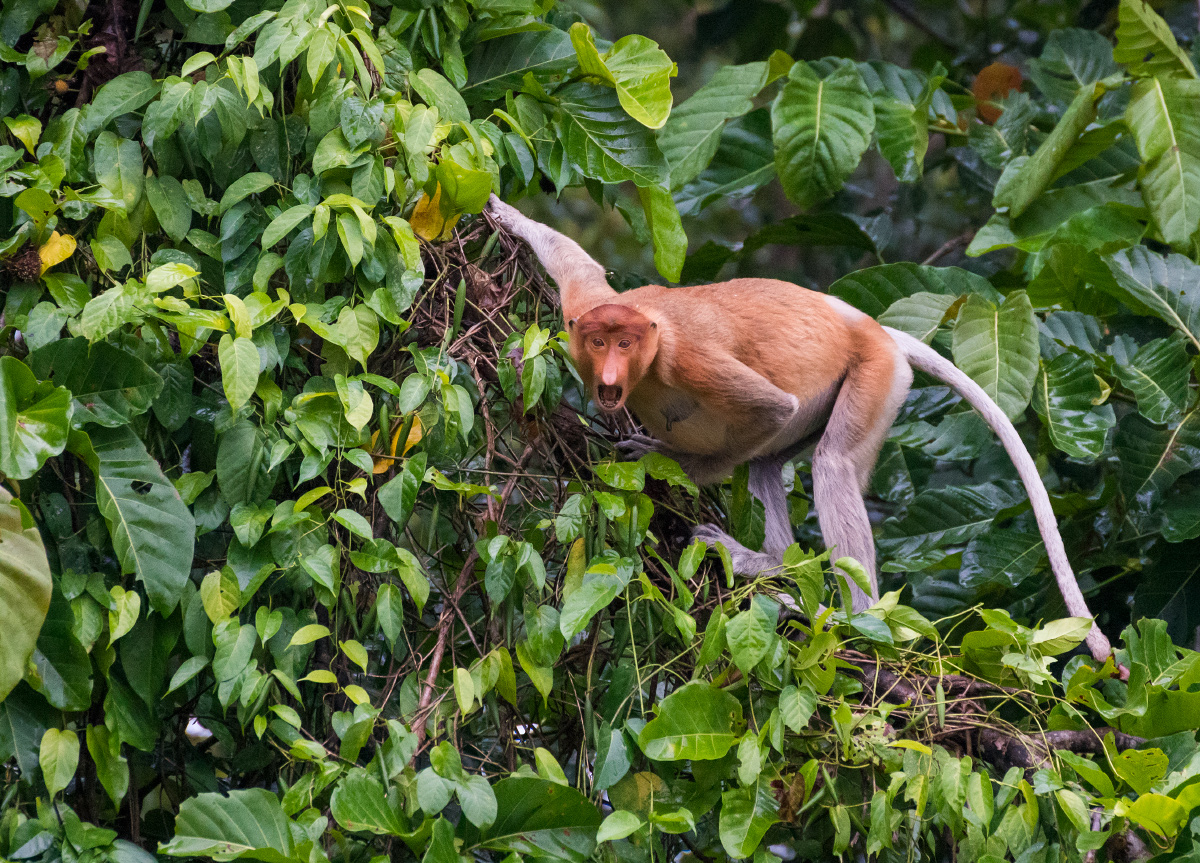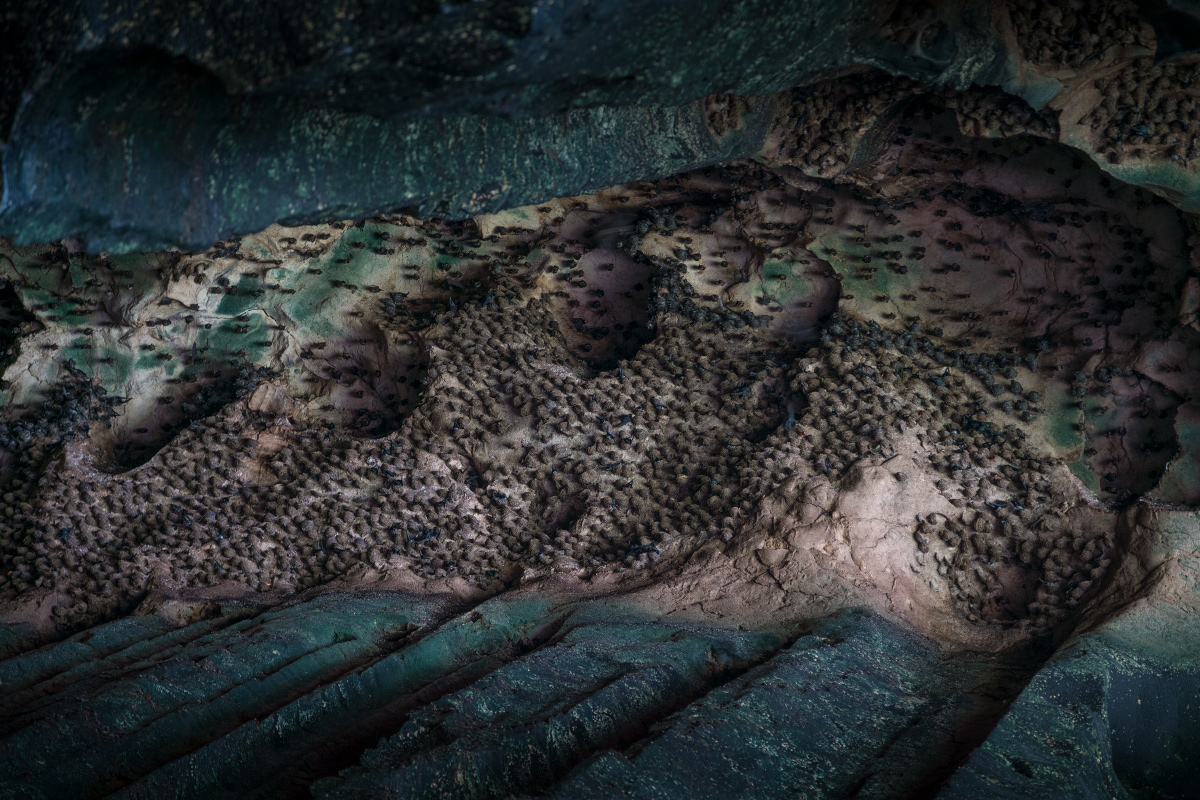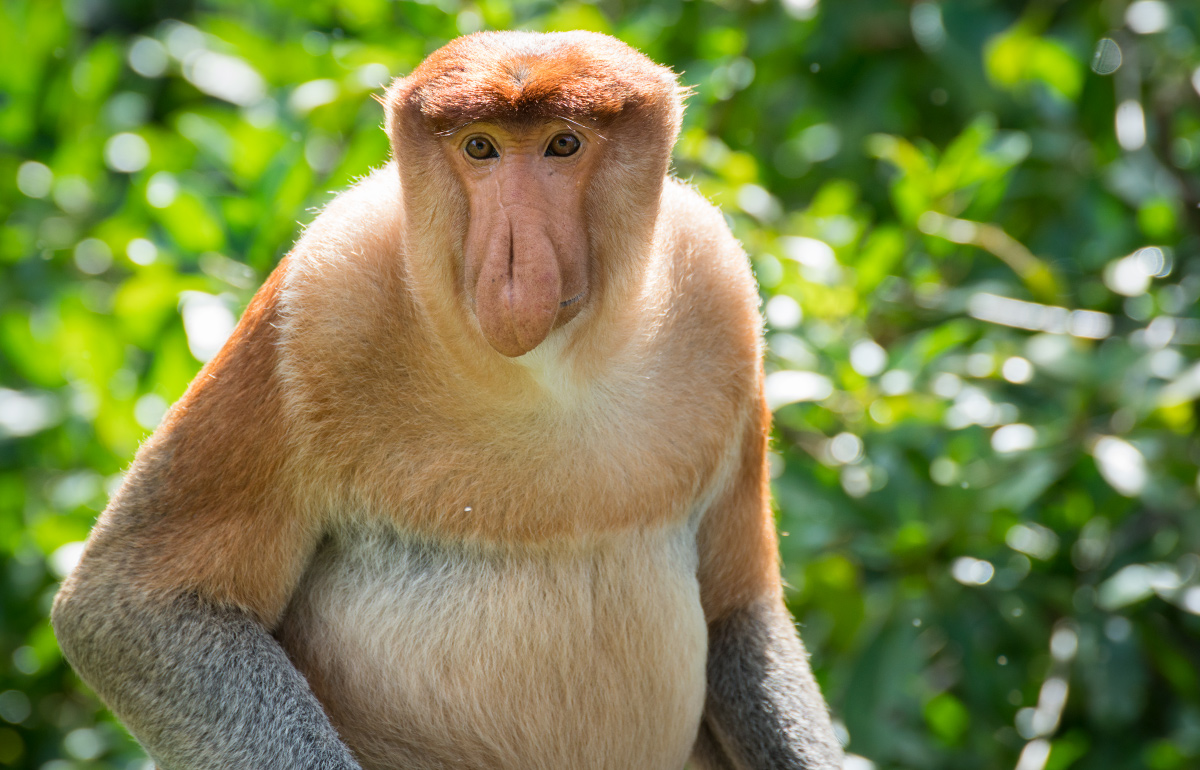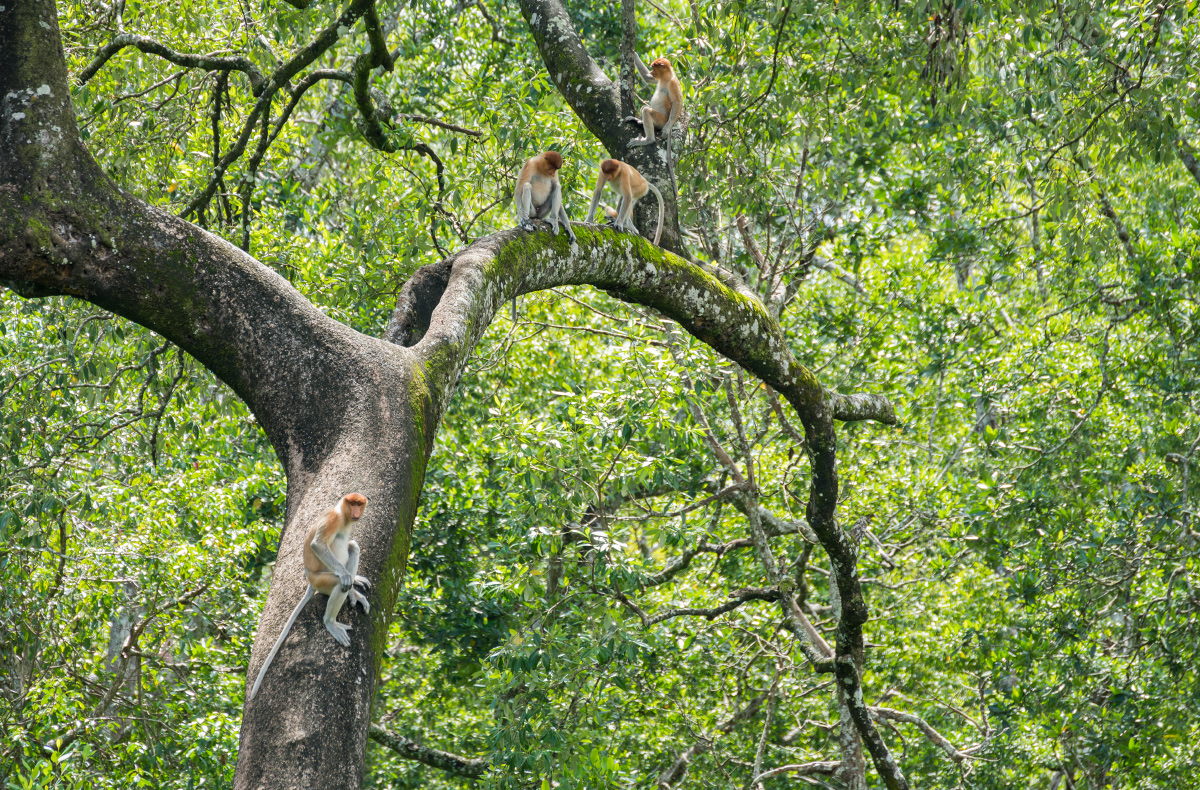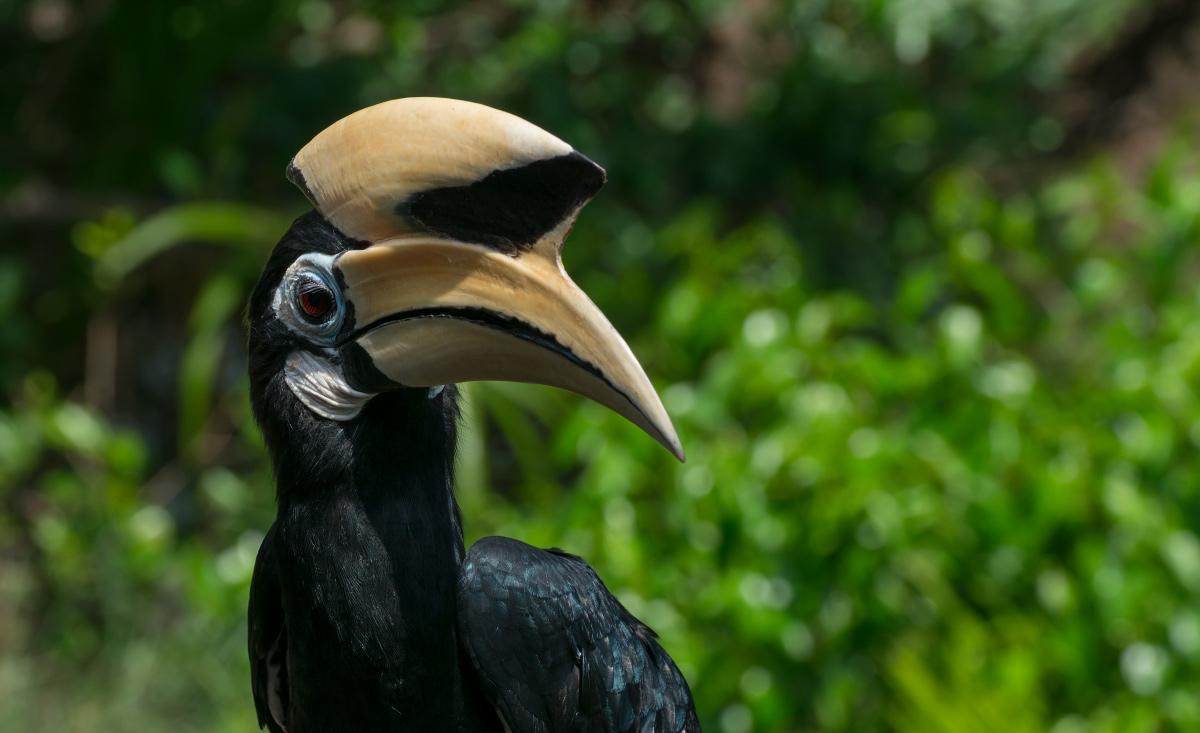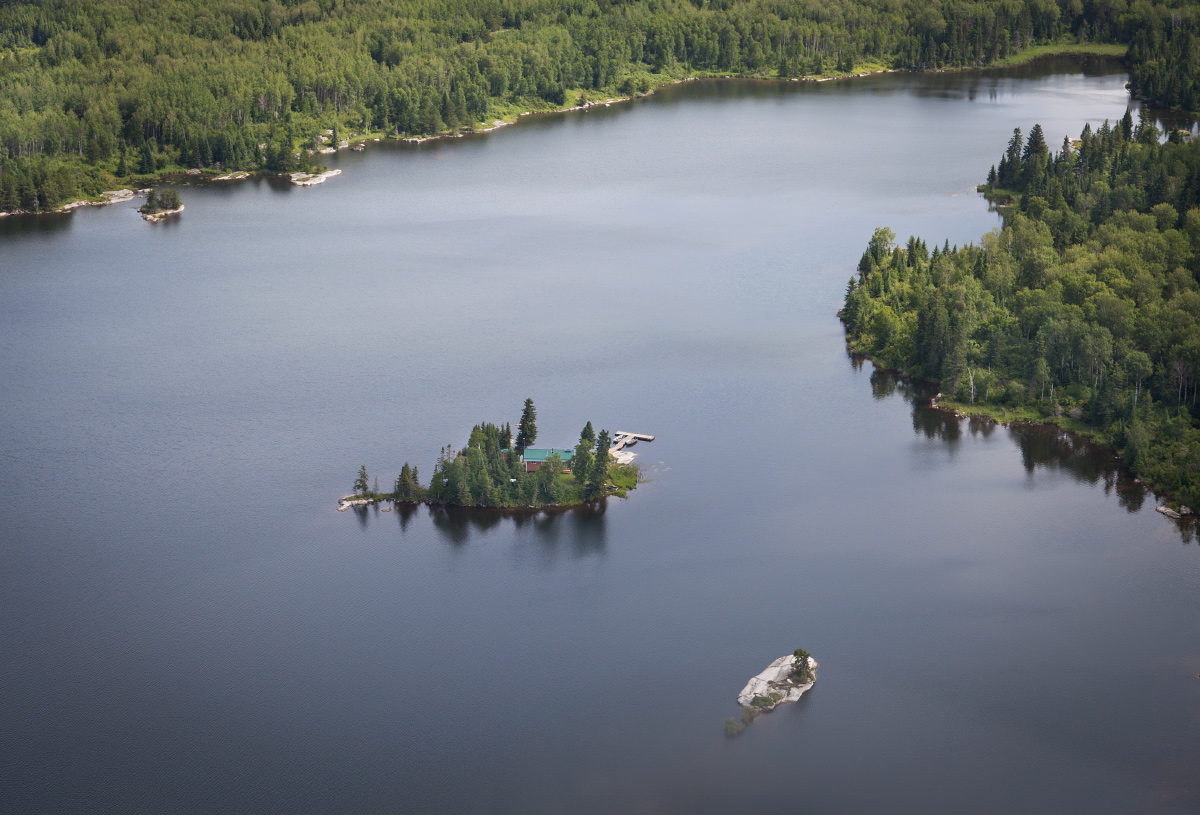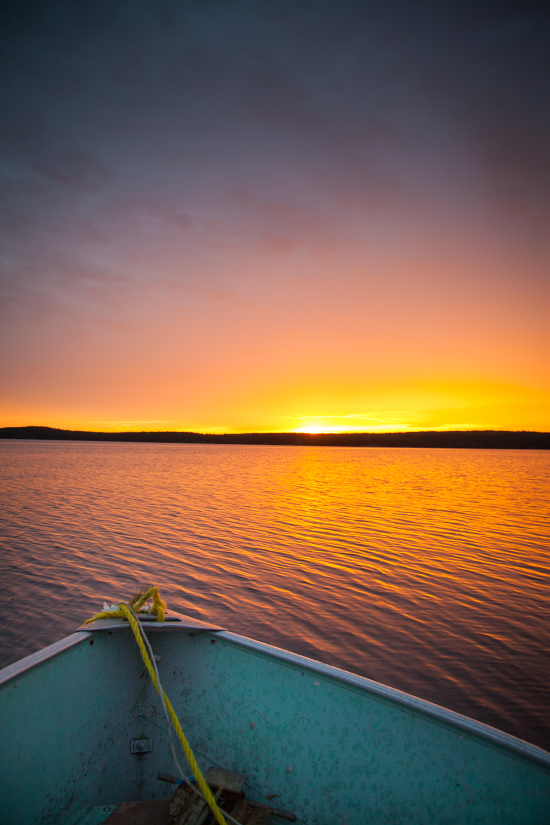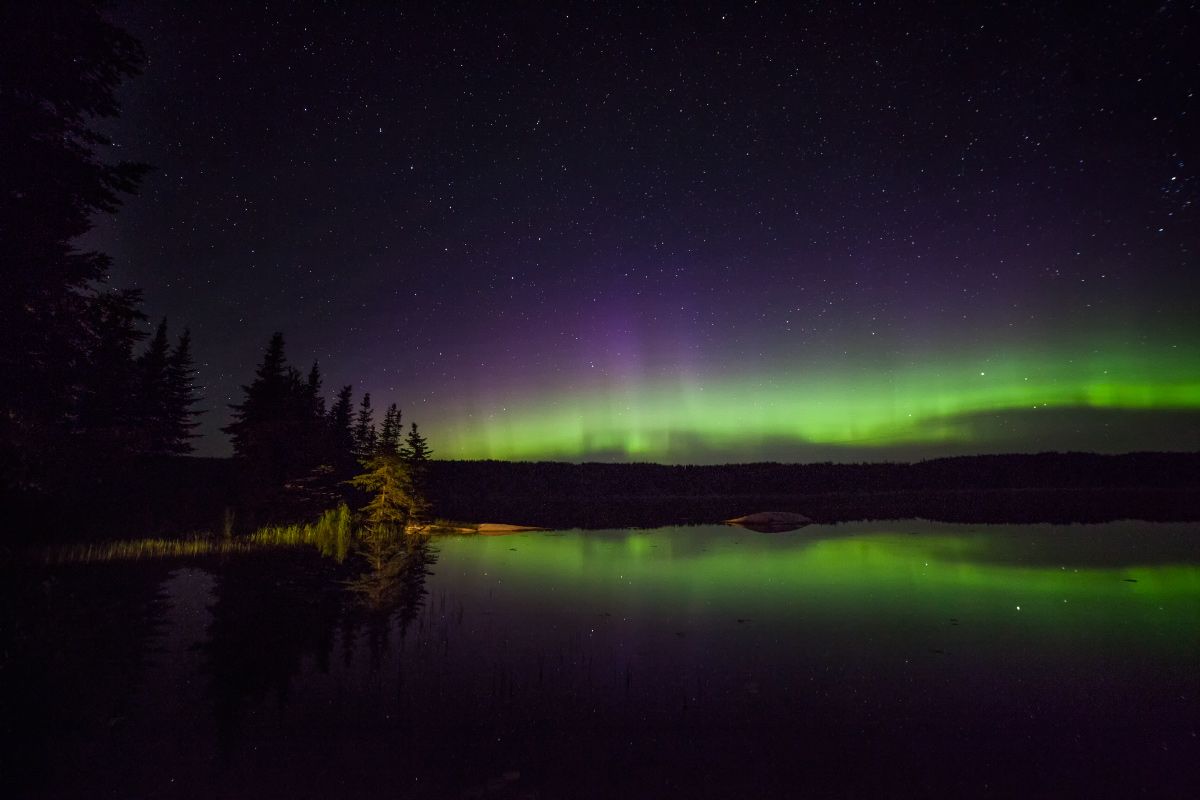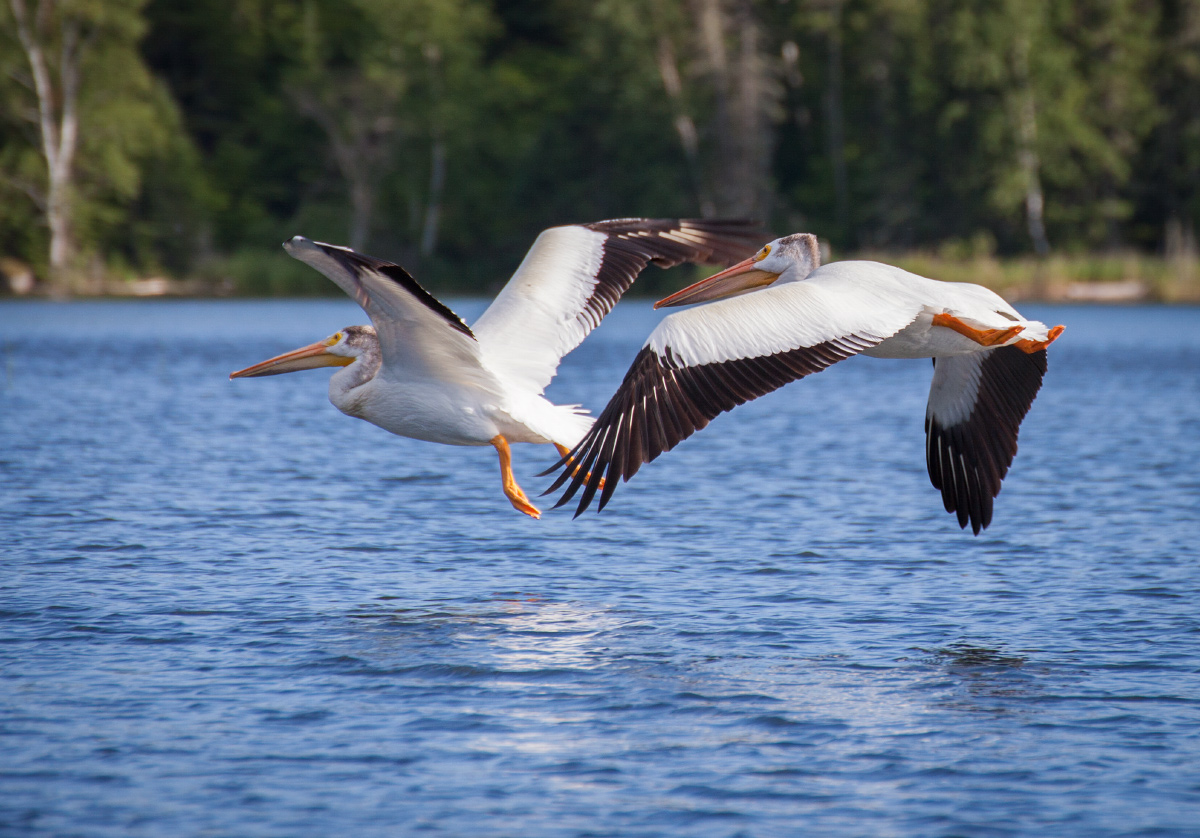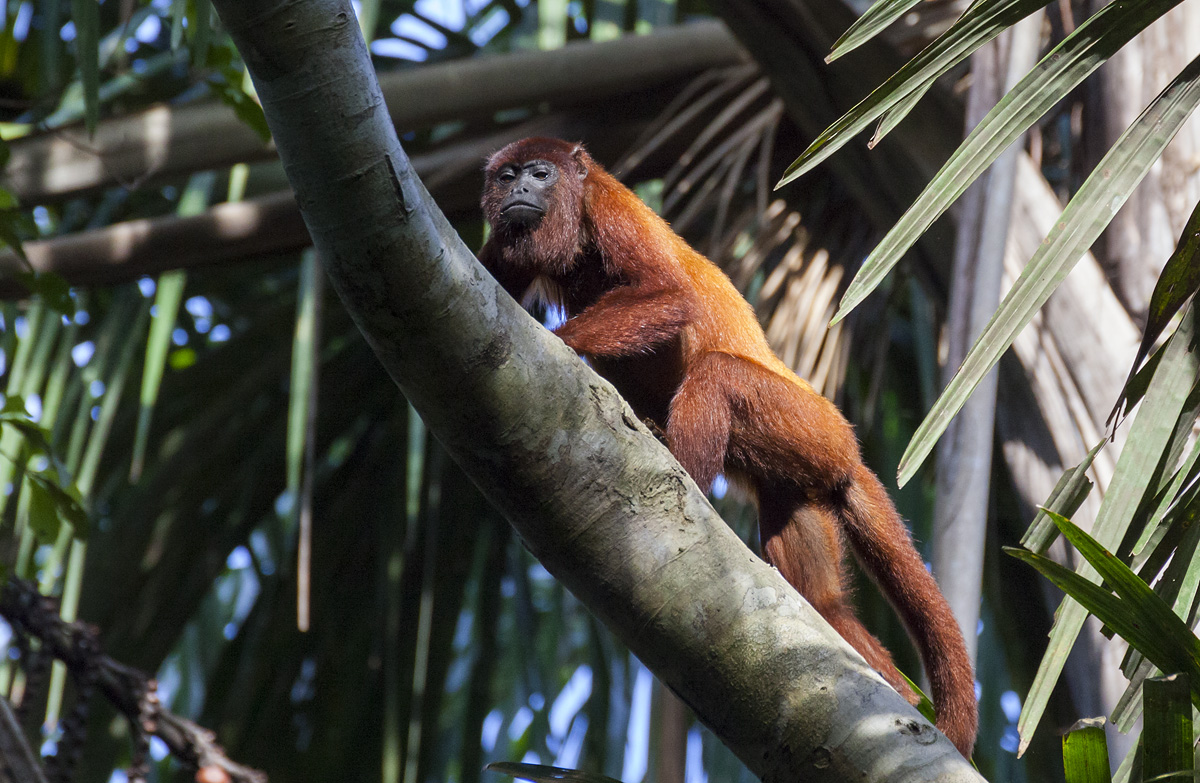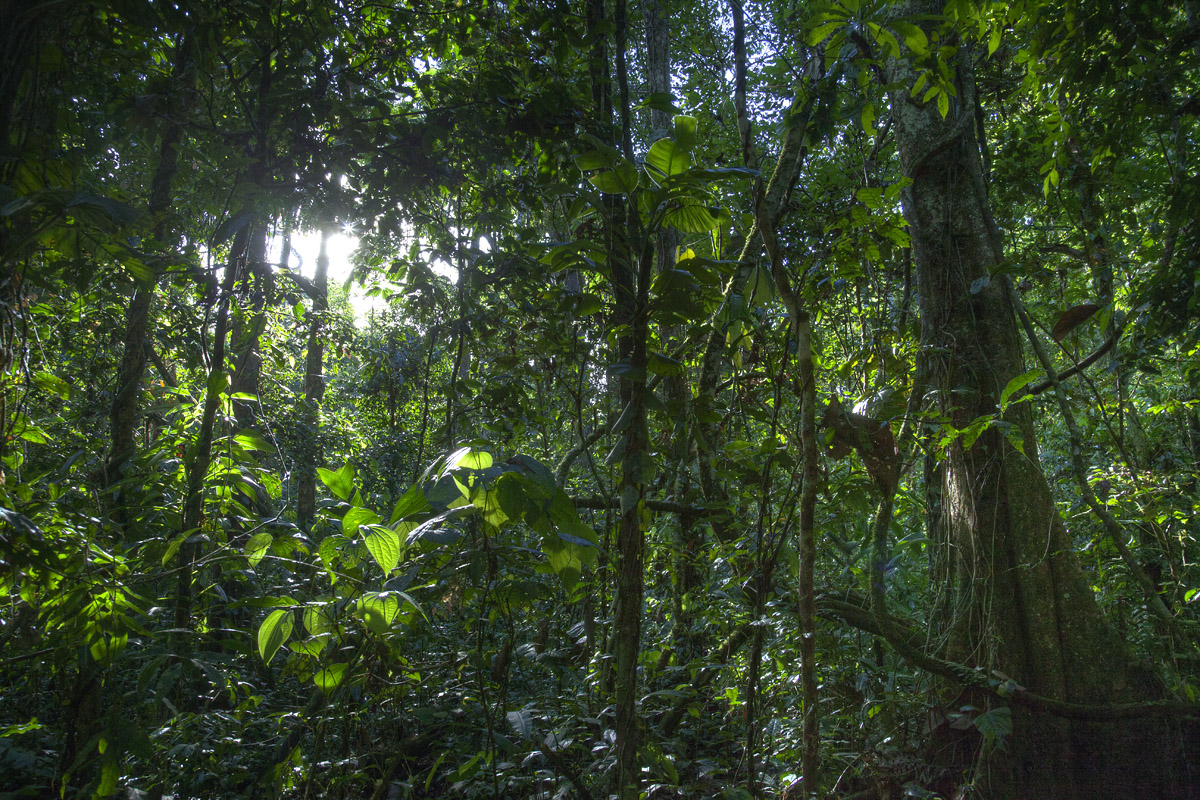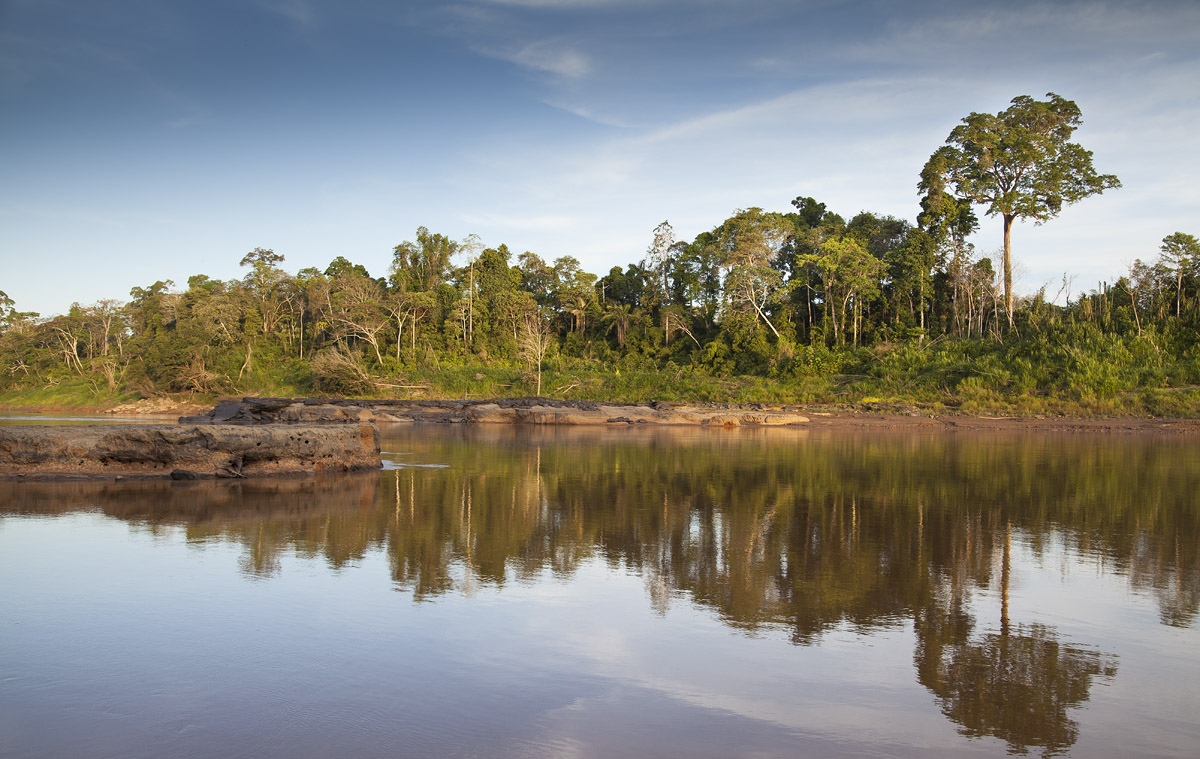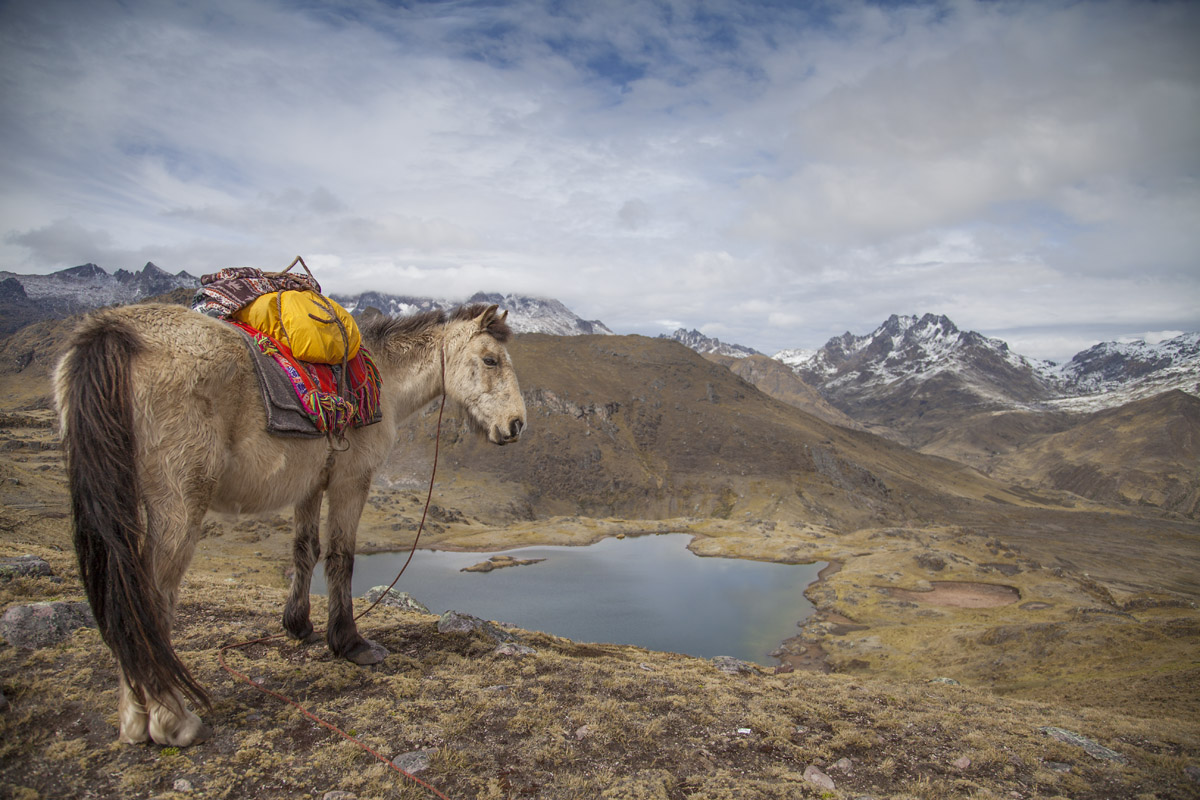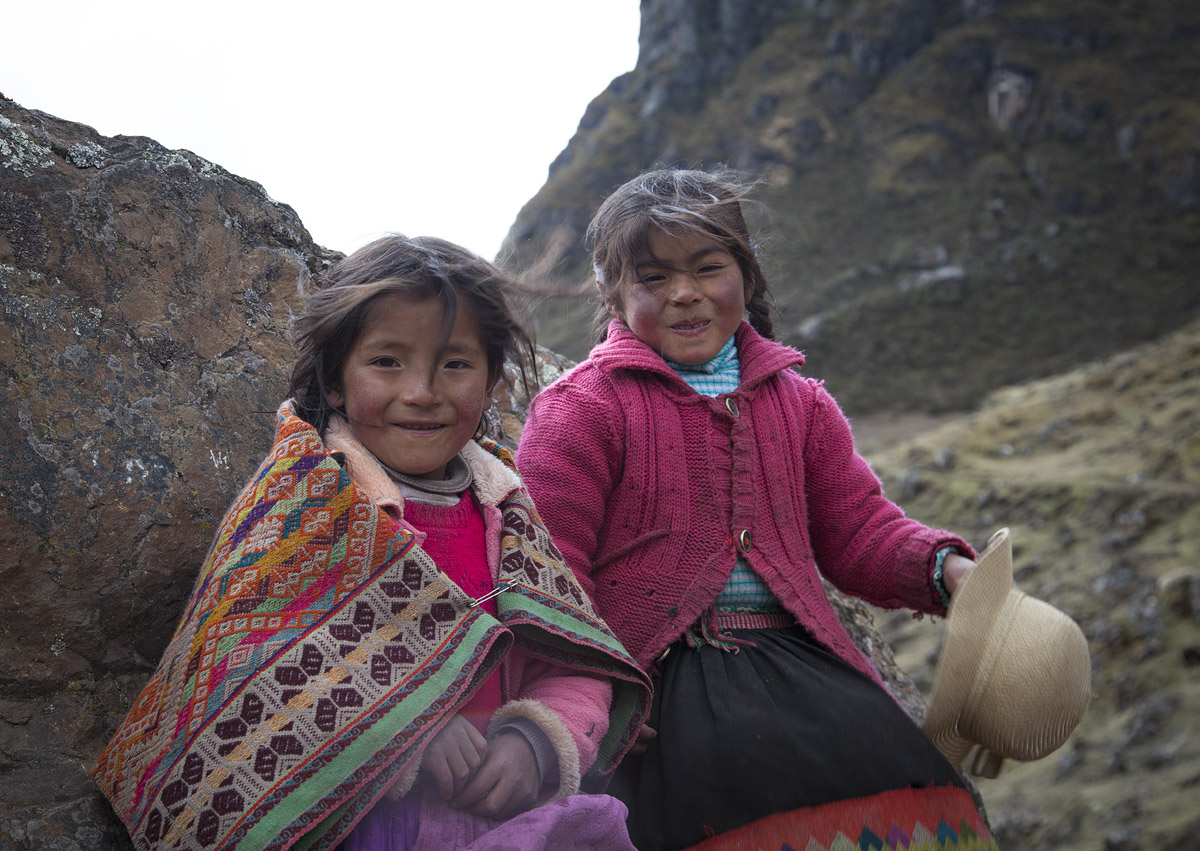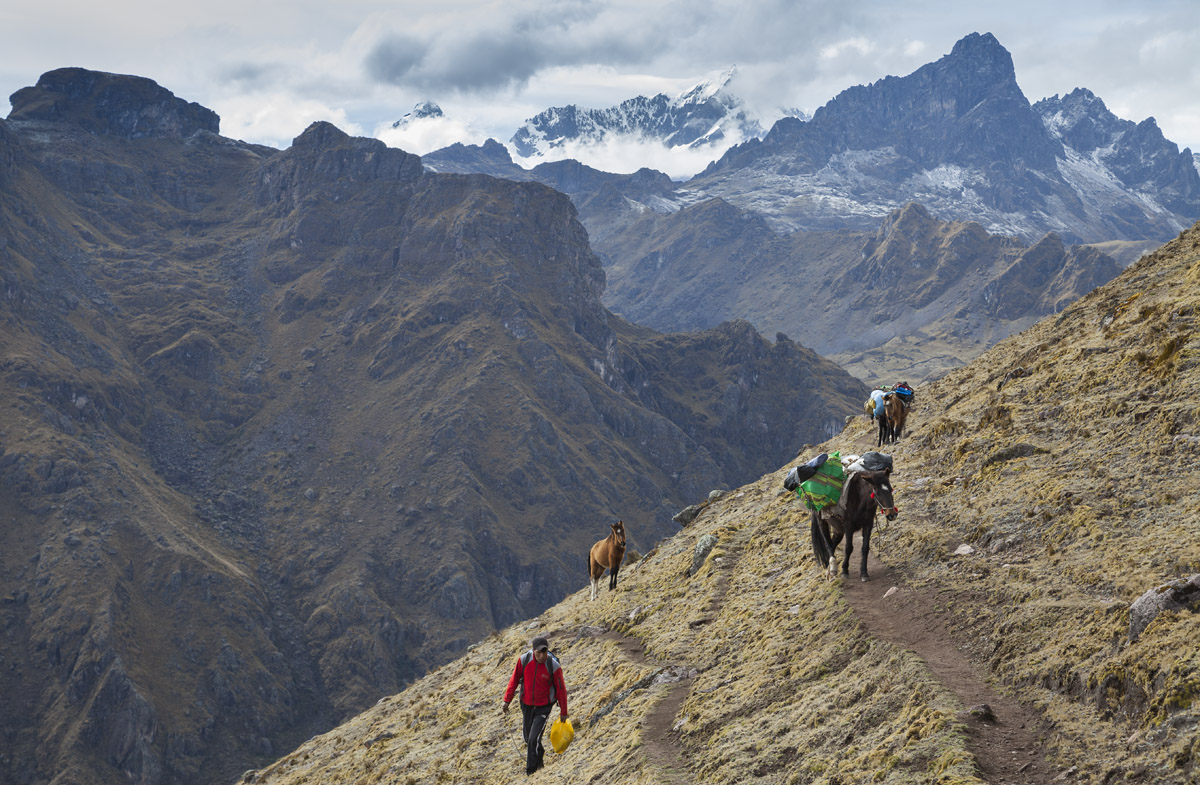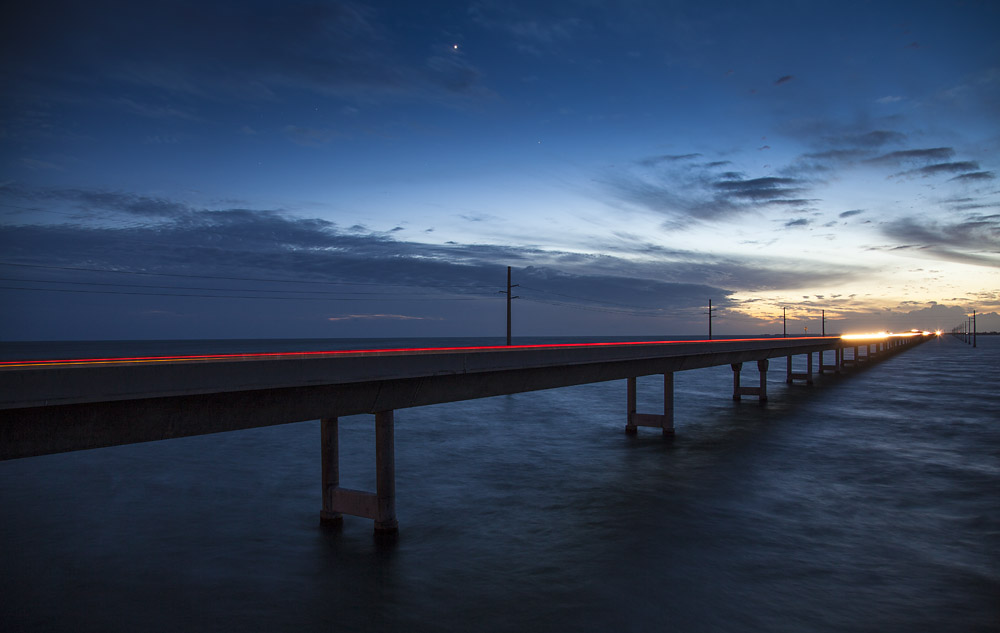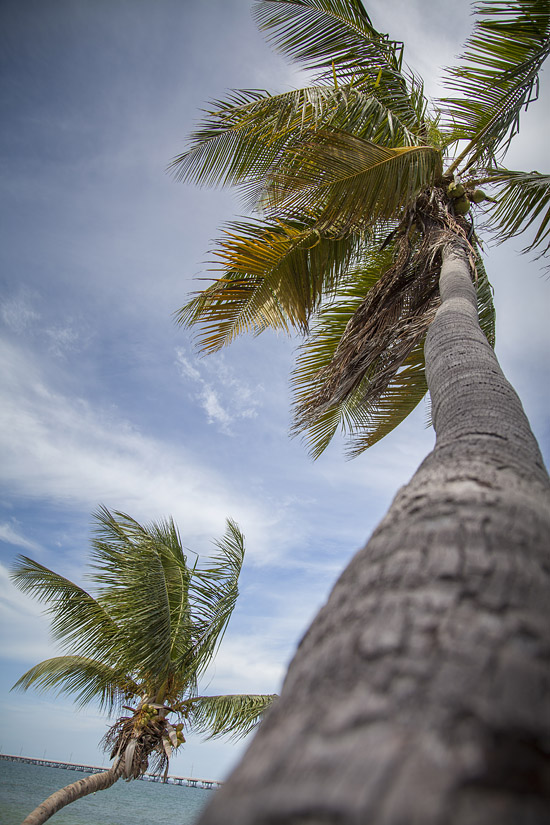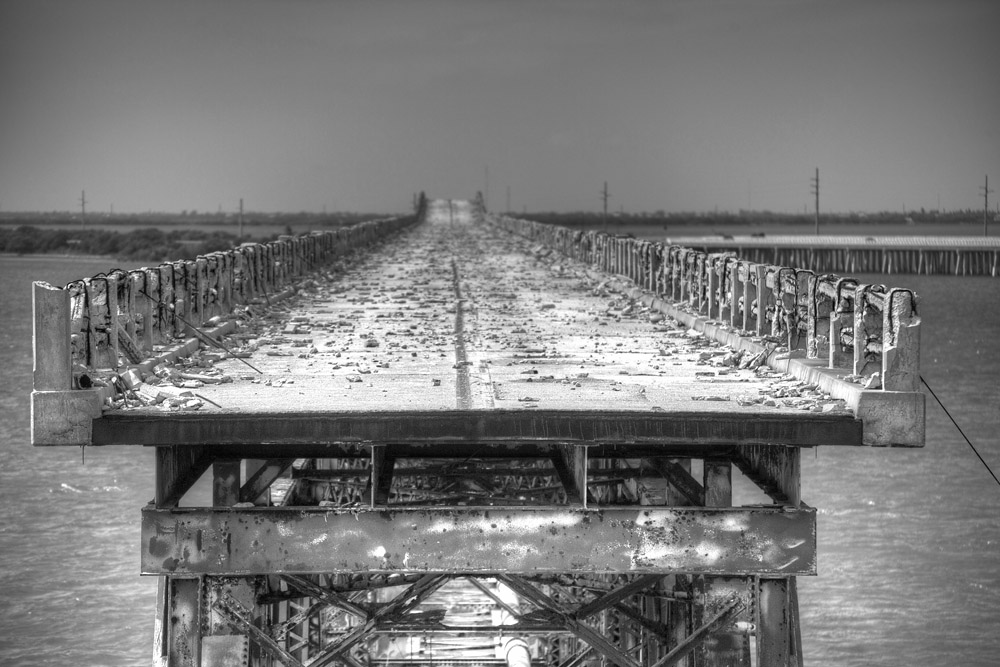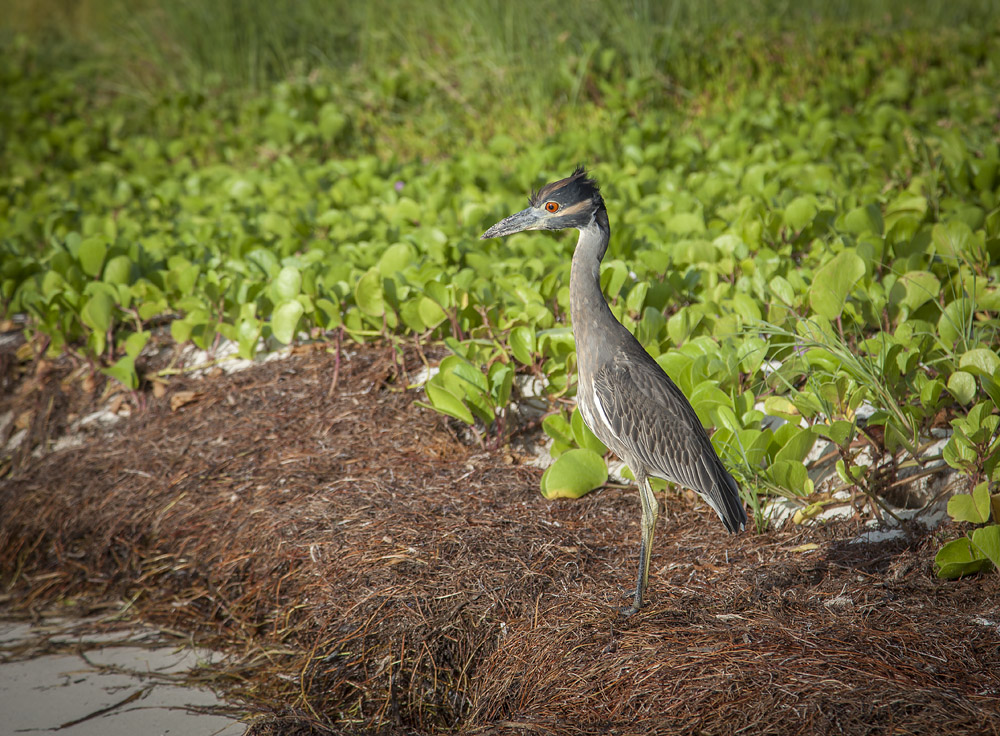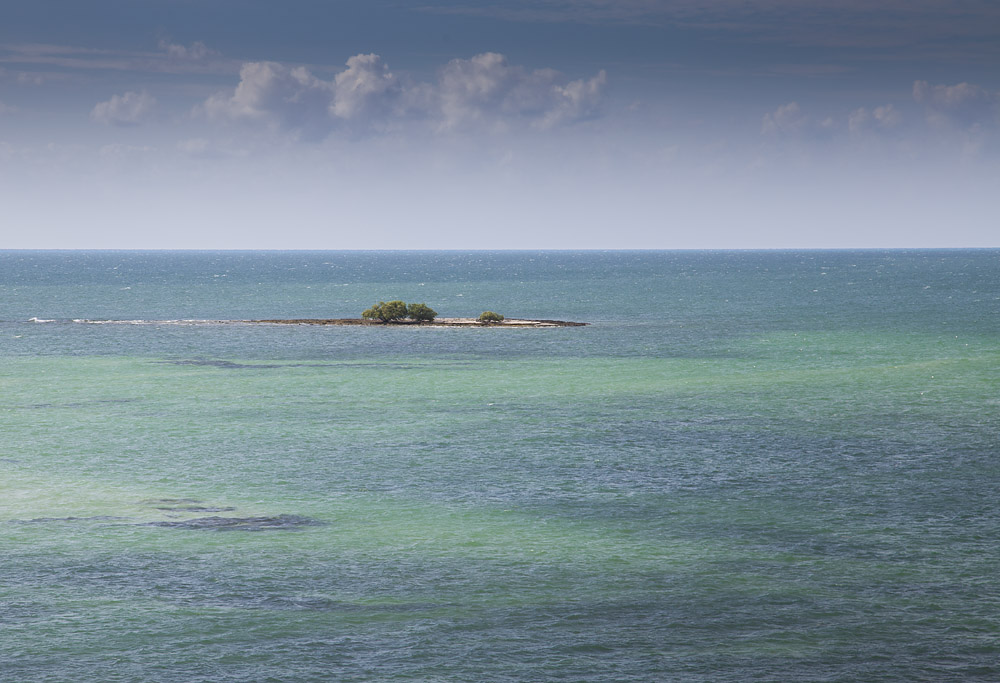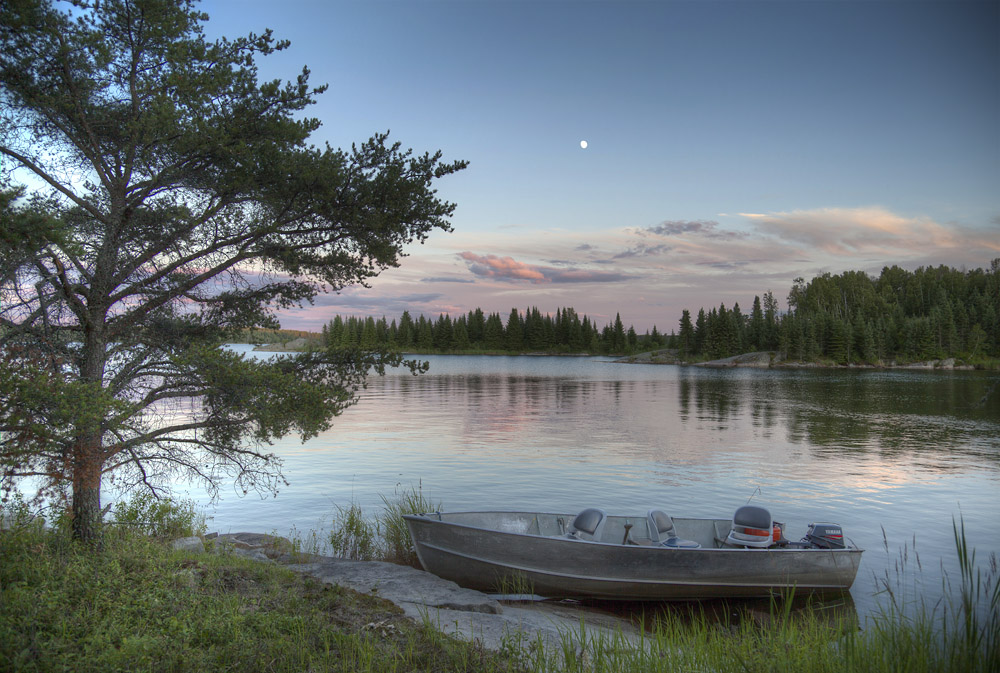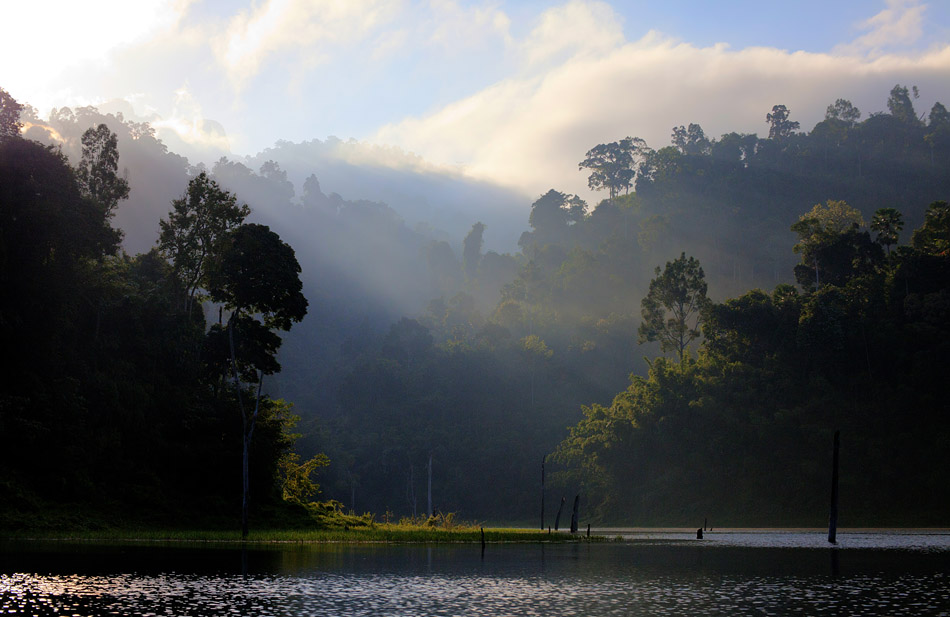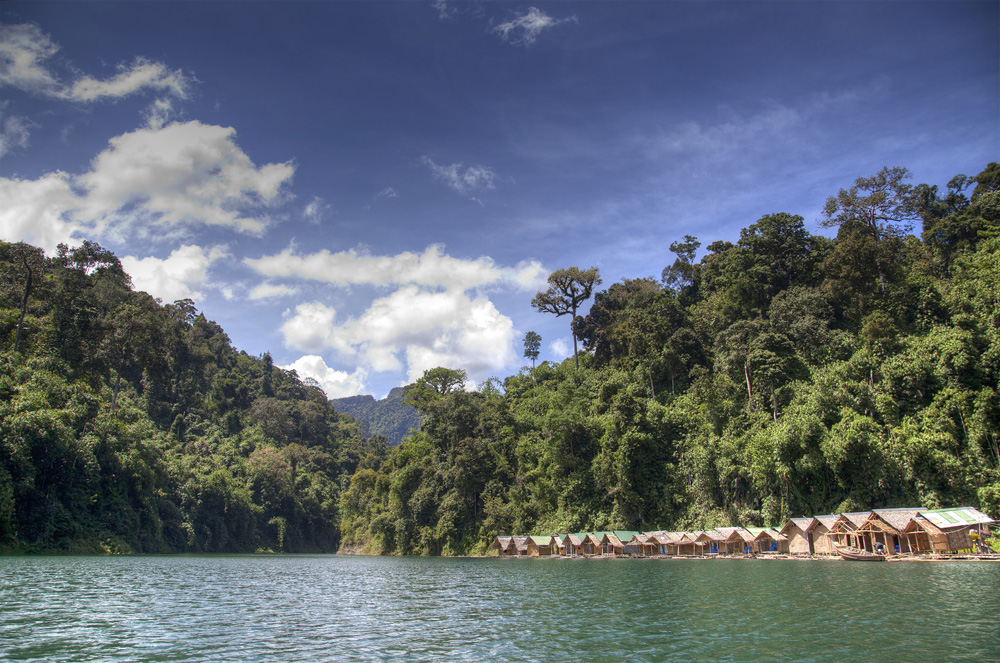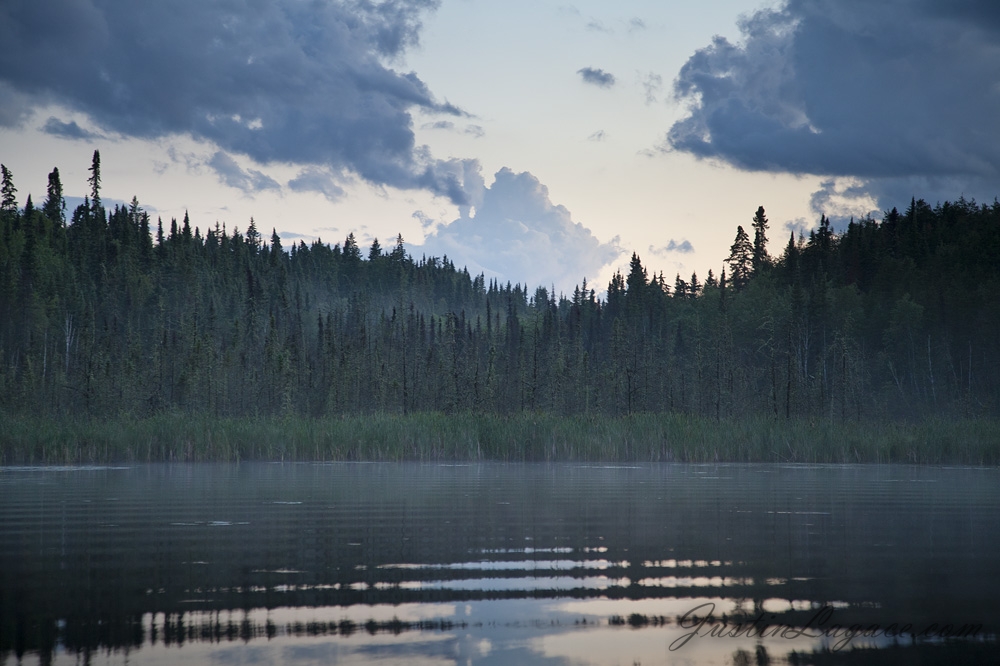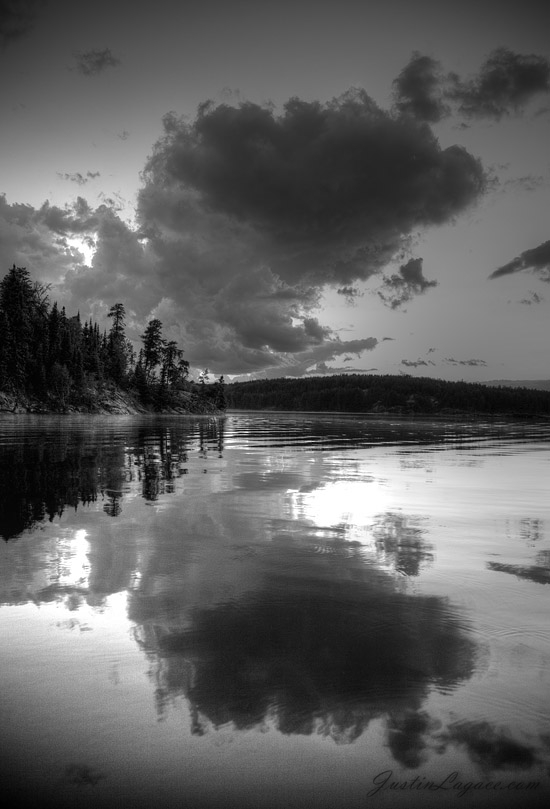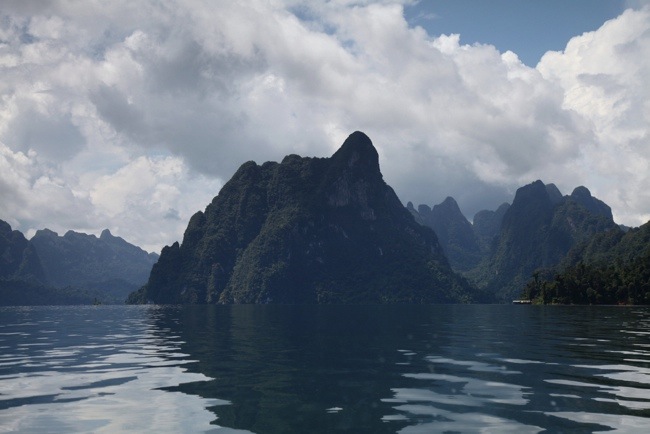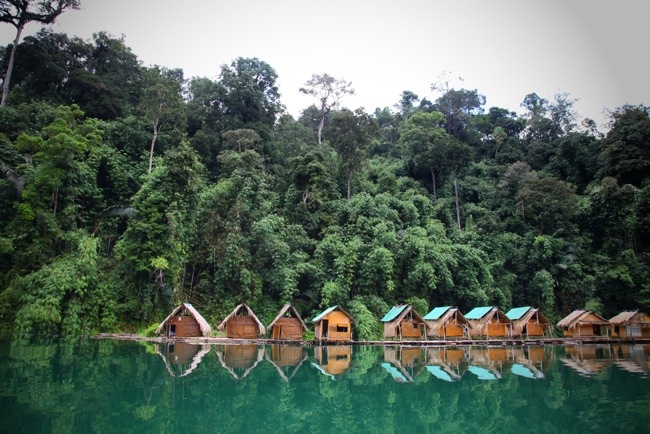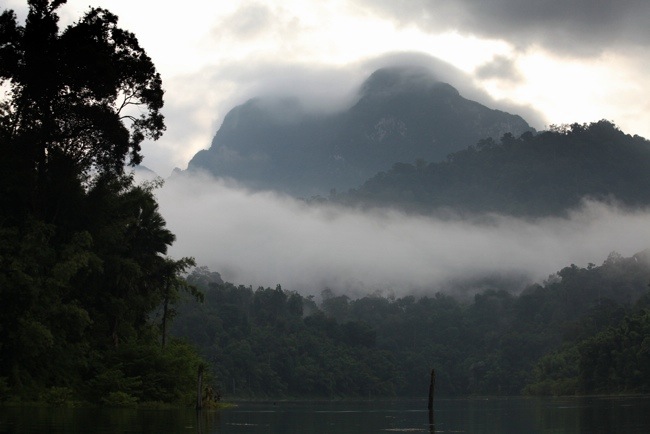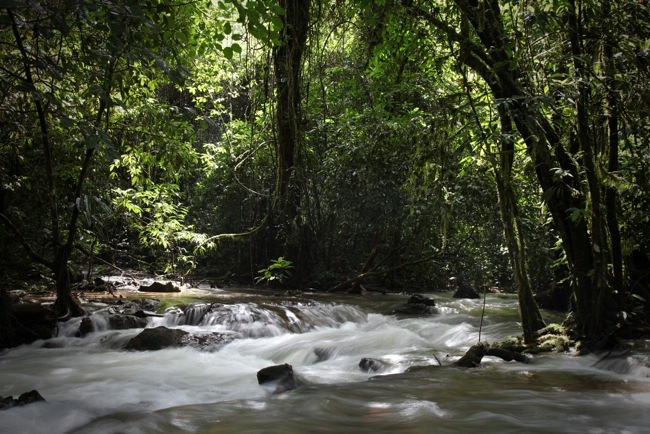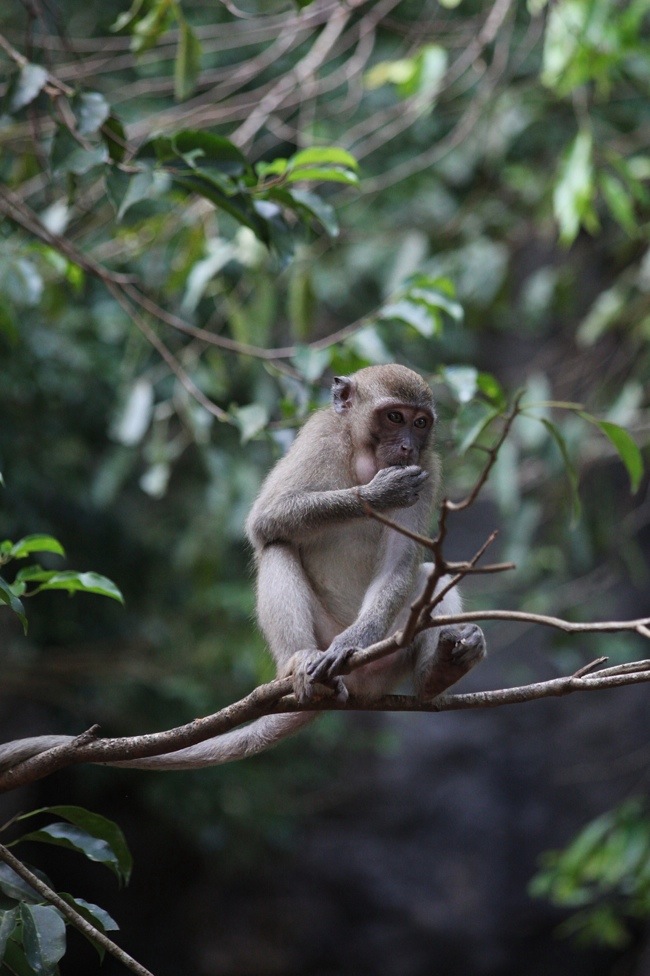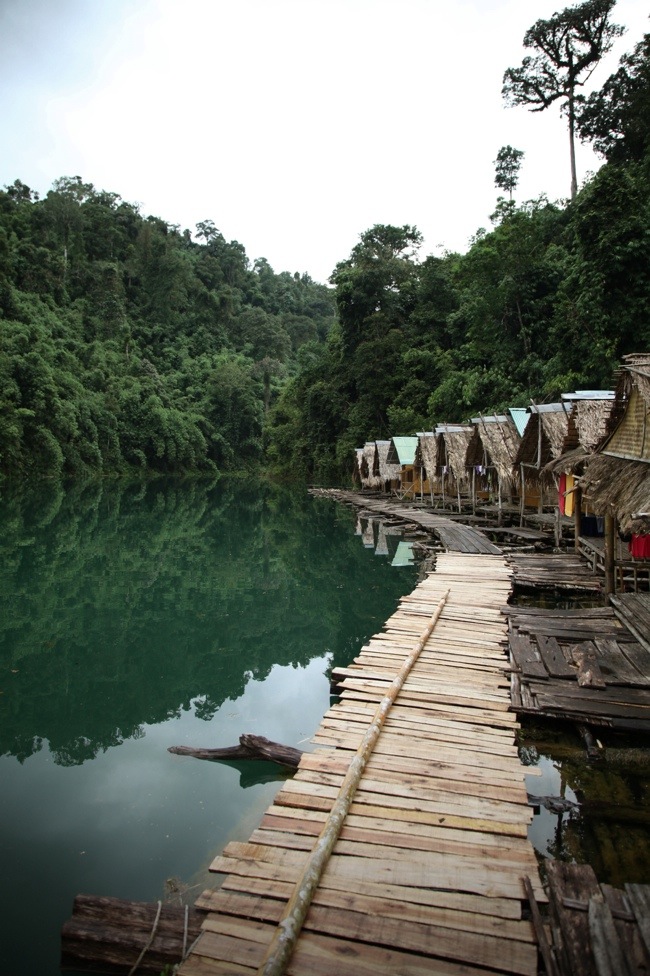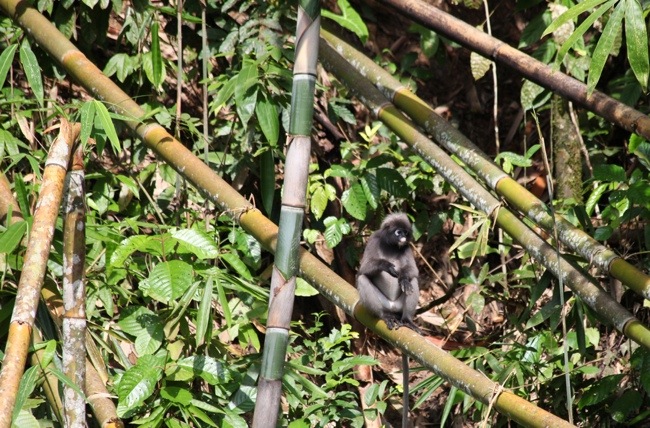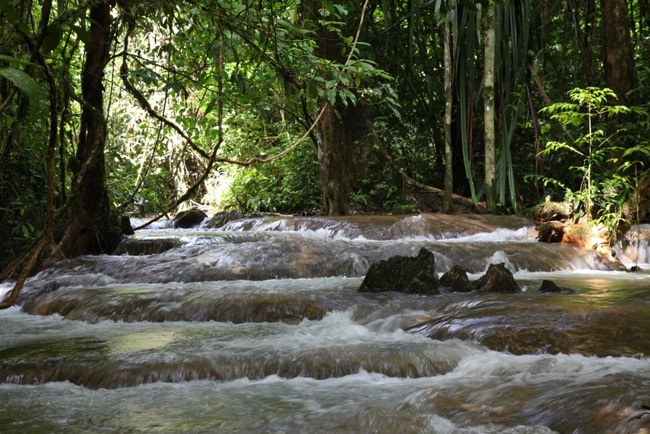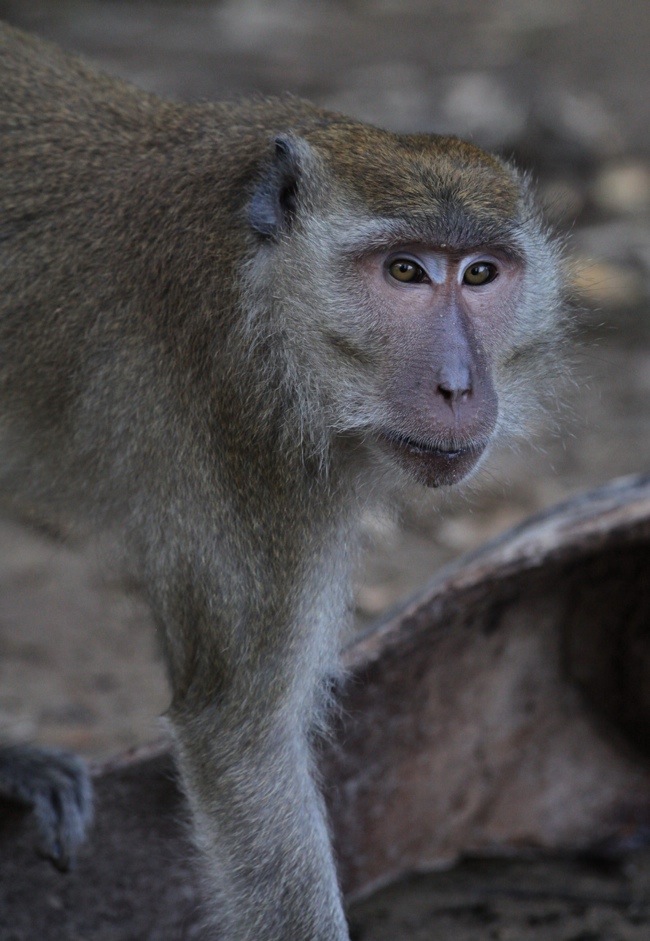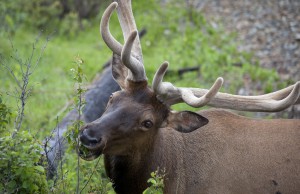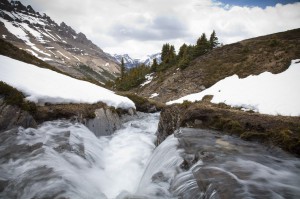A Rugged Coast: Big Sur and Central California
The Central California coast between Carmel and San Simeon is a rugged and often remote coastline that was until the 1930’s considered one of continental America’s last frontiers. Finally in 1937 its first road was completed, a beautiful 71 mile stretch of highway that runs directly between seaside mountains and the jagged coastline. The “Pais Grand Del Sur” or “The Big Country Down South” from Monterey was finally open for the world to see.
The “Big Sur” name stuck. The highway has been closed 55 times since it has opened (at the time of writing, is still closed in a few spots due to landslides) – indicative of the treacherous terrain the highway crosses. There are waterfalls and redwoods, land bridges and mountain ranges. There’s even a castle. Visit in the off season and you’ll have a chance to have the highway all to yourself. This gallery covers roughly the area of Pismo beach in the south, to Monterey in the north, but you’ll also see a few pictures from other coastal communities in California. Click here for the gallery.
Borneo: The Lost World
There are jungles in Borneo, that are so isolated from civilization, so rich in rare wildlife, so full of untouched forests, that it feels like a separate world, locked in a pre-humanity sphere separate from our own. These rainforests have thrived for millions of years, with many bizarre and exotic species found only here.
We only managed to scratch the surface of Borneo, a huge island with many opportunities for exploration. This gallery primarily looks at the wildlife in and around the Kinabatangan river and the surrounding jungle, and area teeming with wildlife, but also an area that has seen deforestation over recent decades in the form of palm oil plantations. Luckily there are protected areas and conservation efforts, and the further you get away from the coastal cities the more you are rewarded with this spectacular lost world.
See some previews below, and the full gallery by clicking here.
Stars, fishing, and remote wilderness.
The universe can be a humbling place. So countless are the stars in the night sky, that the concept that each one of them having it’s own solar system is unfathomable. Some scientists suggest as many as 700 million trillion planets exist in the known universe – that’s a bigger number than I can comprehend.
Canada, in its vastness, can also be humbling. Just a short drive from where I live in Winnipeg, the great wilderness of the Canadian Shield takes over this country’s geography. Civilization is sparse. Even 5 minutes into a pontoon flight from Kenora, you see the signs of humanity dwindle. No towns, no roads, no people. A group of friends have found a favorite lake in the area: one that you can only get to by plane, and if you rent out the cottage for the week, an entire set of lakes in the area is exclusive to you. Days are spent fishing, and if the sky is clear, you might end staying up late into the night watching the spectacle in the sky. Staring out at the limitless universe, from the vast wilderness…humbled.
The Amazon Rainforest
The massive rainforest that occupies over five million square kilometers of South America is not only the largest of its kind on the planet, but also the oldest, and most biodiverse. In the area of the Amazon which sits on the Peruvian side of the boarder alone, scientists have noted 2,500 species of butterflies, 806 species of birds, and around 8000 species of plants. It’s astounding to see firsthand. On any given walk through the rainforest you’ll see an astonishing variety of plants, insects, and if you’re lucky, some of the bigger and more exotic wildlife. And all of these species have had millions of years to differentiate and evolve – this is the oldest land ecosystem on earth, after all. You’ll likely hear more than you see, and you certainly won’t find animals posing for the camera, but hit the link (here) for what I was able to capture in the wild jungle of South America.
The Lares Trek
For me, the three days spent on the Lares trek best displayed Peru in its purest, most pristine form. Sweeping Andean landscapes with an otherworldly beauty. The Quechua people living the same way they have for hundreds, maybe thousands of years. The influence of Spanish colonization, or any foreign societies for that matter, is extremely minimal. This was my experience with the Andean culture in the raw.
Alia and I hired a local group to help us foreigners on our way to 3 separate 13,000+ ft passes in one of the most scenic parts of the Andes. The photographs will tell the rest of the story. Click the link.
The Keys: 1700 islands
The overseas highway gracefully arcs across 43 islands and over 200km with The Atlantic Ocean on one side, and The Gulf of Mexico on the other. Its single lane in either direction is all that connects these small coral islands to the mainland, so as you drive further and further over these bridges into the middle of an ocean, you may consider if a highway this long and narrow has any business making its way so far out into the ocean.
Tourism in the Keys has certainly had an effect on the way of life here, but the locals seem to have their own brand of laid back and easy going. The people I met were outgoing and friendly; every waitress, bar tender, even a hotel owner who invited us into her home for her homemade Key Lime Pie. If it wasn’t enough that the weather is tropical, the islands are picture perfect, and the seafood is fantastic (I’d go back for the stone crab alone), the people in the keys won me over and made this trip an enriching one.
You may want to click here for the gallery.
You may want to click here for the gallery.
Fantastic Wilderness: Fishing, Bird watching, Stargazing, and Campfires in the Canadian Shield.
The awesomeness that is our natural world is often lost on us. Noise pollution from our highways, our air conditioners, our radios, keep us from ever hearing the calm of nature. After dark, city lights blind us from the spectacle of the stars. I spend a lot of my travels visiting some of the largest cities on earth, because they are impressive triumphs of mankind filled with culture and stimulus for the senses. In the wilderness, a different kind of sensory overload. The saturated colors of the sky, and their metallic reflection in the water during a long northern sunset. The moment of absolute calm when you realize, if you stay quiet, the only thing you can hear is the breeze. These are some of the virtues of the wilderness you can’t get anywhere else.
With a group of friends, our second year back at Walleye Lake in Northern Ontario was again tremendously worthwhile. You can click here for the updated gallery with 30 new photographs from the Canadian wilderness, and see a few chosen shots below.
Khao Sok
On my first trip to Thailand, I remember really loving the country. I wanted to go back.
It’s entirely possible that my adventure to Khao Sok was a crucial part in that. Upon my return home, when I started talking about the places I’d been, Khao Sok was the first place I’d ramble about. I’d tell stories of floating raft houses in the middle of the rainforest, and trekking through an environment straight out the Jurassic Period. I’m so happy I ended up returning to Khao Sok, and in many ways, the stories are even better this time around.
You may want to see all of my Khao Sok pictures in one spot HERE.
Or, you many want to look at only the new ones, here.
Album: Fly-in fishing in Northern Ontario
The remote Canadian wilderness, with friends, fishing, and natural beauty can be one of the most serene places on earth. Crystal clear lakes, epic sunsets, and great fishing are not hard to find in Northern Ontario, but fly-in to an even more remote outpost, away from any sign of civilization, and things go beyond that. Pictures do not do justice to the sense of intimacy with nature, but I can at least give it a try…
Follow the link here.
Inside a Tropical Rainforest. Khao Sok.
In a country once covered by lush rainforest, Khao Sok is one of the few places in Thailand where you can visit an actual rainforest. Sure, the rest of Thailand is still lush and green, but in truth most of the indigenous rainforest has been replaced with farmlands, rubber and palm oil plantations. Though Southeast Asia has the oldest rainforests in the world, these are also the rainforests the most at risk for destruction – logging, hunting, overpopulation, political instability – all factors in an ongoing biological catastrophe.
Khao Sok is a pocket of mostly untouched rainforest in southern Thailand, where gibbons, hornbills, and even tigers still exist in their natural habitat. Being able to live a few days in the rainforest is an experience of a lifetime. The gibbon calls at the crack of dawn, the tropical downpours…or sometimes just staring up into the dense canopy above, these are some of the things that make Khao Sok unforgettable. Click here for the gallery.
Khao Sok and the rainforest
I’m not sure where to start about Khao Sok. Wikipedia will tell you it’s Thailand’s last untouched true rainforest, and that it’s more biologically diverse than the Amazon. I’ve got pictures and stories to share. For me, being fascinated by rain forests since I was a child, it’s not an overstatement to say this was one of the best experiences of my life! Tropical downpours, kayaking the jungle canals, living off a bamboo raft house, and seeing the unspoiled wildlife up close and personal.
It wasn’t easy to get to, being 130km from the nearest railroad or airport, and then another 45 minutes by boat if you want to stay on the lake in the rainforest itself. You don’t get pampered, either. You will sleep with the ants and the geckos, literally in your bedroom. That being said, wow, absolutely one of the great travel experiences of my life.
The raft houses.
Morning mist.
Lots more to come, but I want to get on a bigger screen to go through them with a finer touch. I’m getting closer to home! I’m in Koh Sumui, really, an island paradise. Peace!
Banff, Dolomite Pass, and an attempt at Cirque Peak.
Winter was still around in late June in Banff this year, hard to beleive. It was litterally freezing over night, and not much better during the day. Regardless, we managed to get a backcountry scramble in, and we set forth up Dolomite Pass (about 100km north of the town of banff) to Cirque Peak. While we didn’t reach the summet (probably unobtainable without a ice axe), we still got some great views of the remote wilderness. Here is my gallery of the scramble, and some other wildlife and wilderness from the area. Click it! (The gallary also contains some shots from a previous trip to Banff)

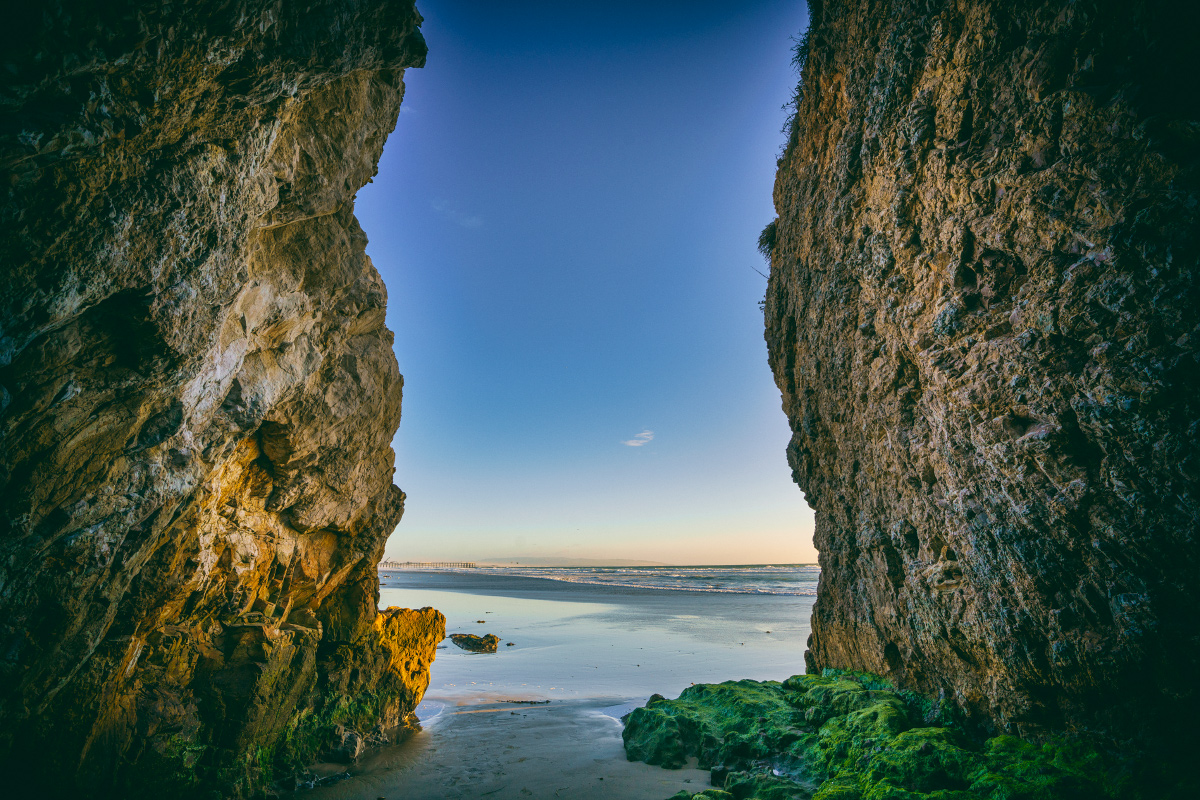 –
–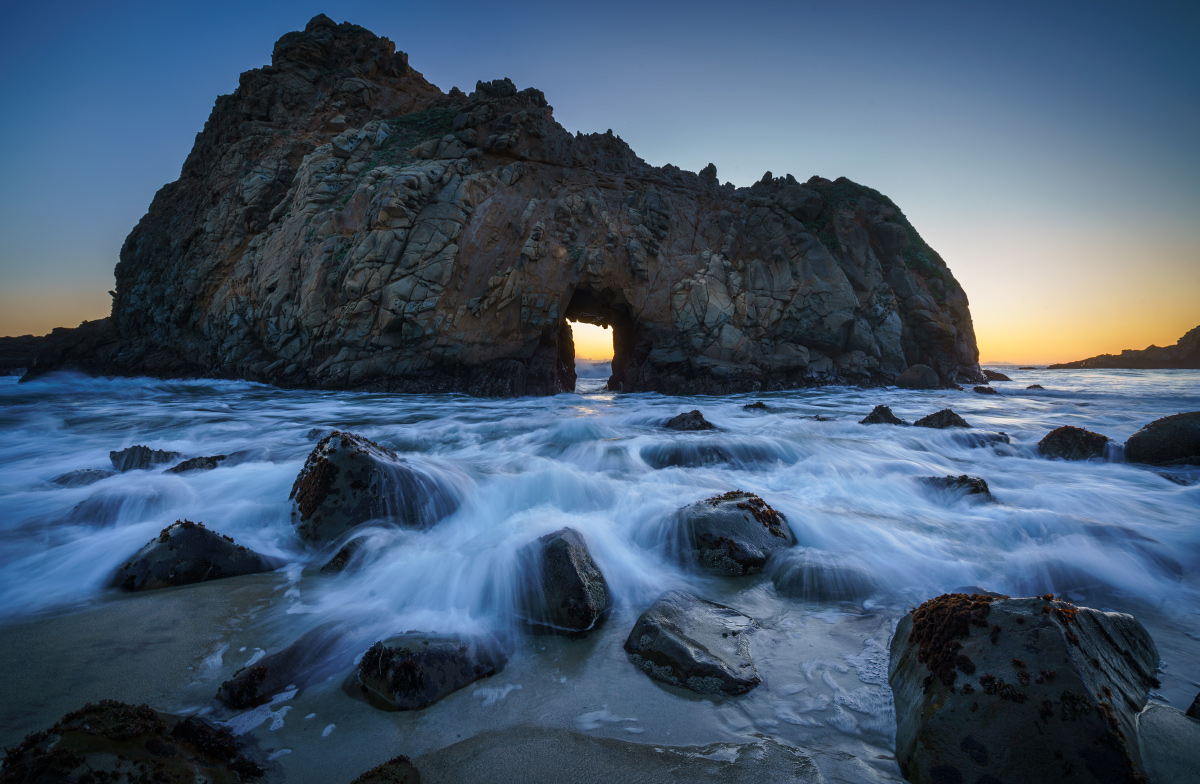 –
–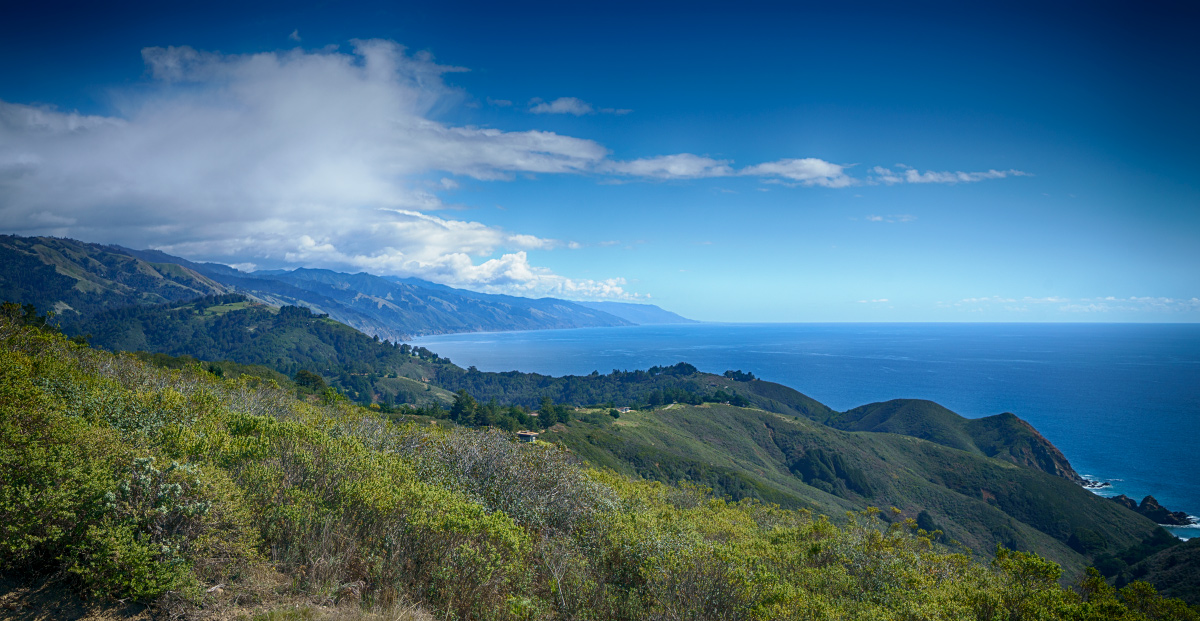 –
–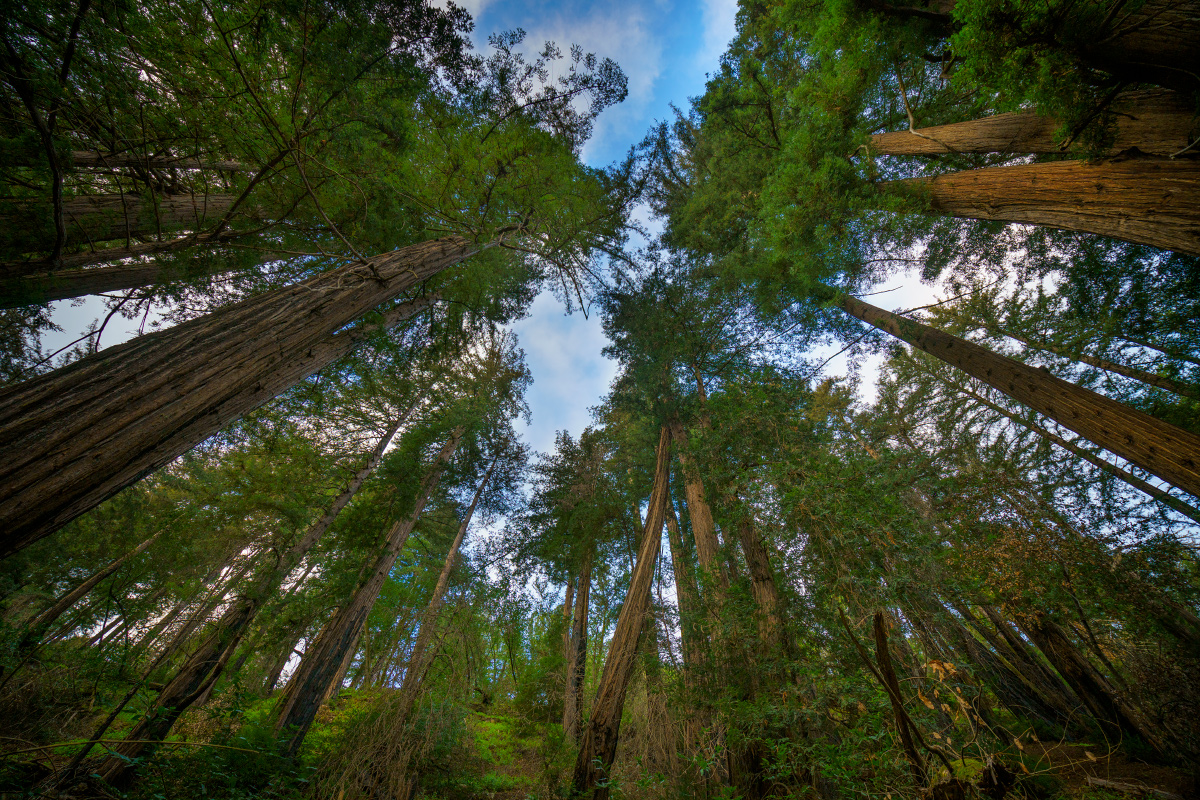 –
–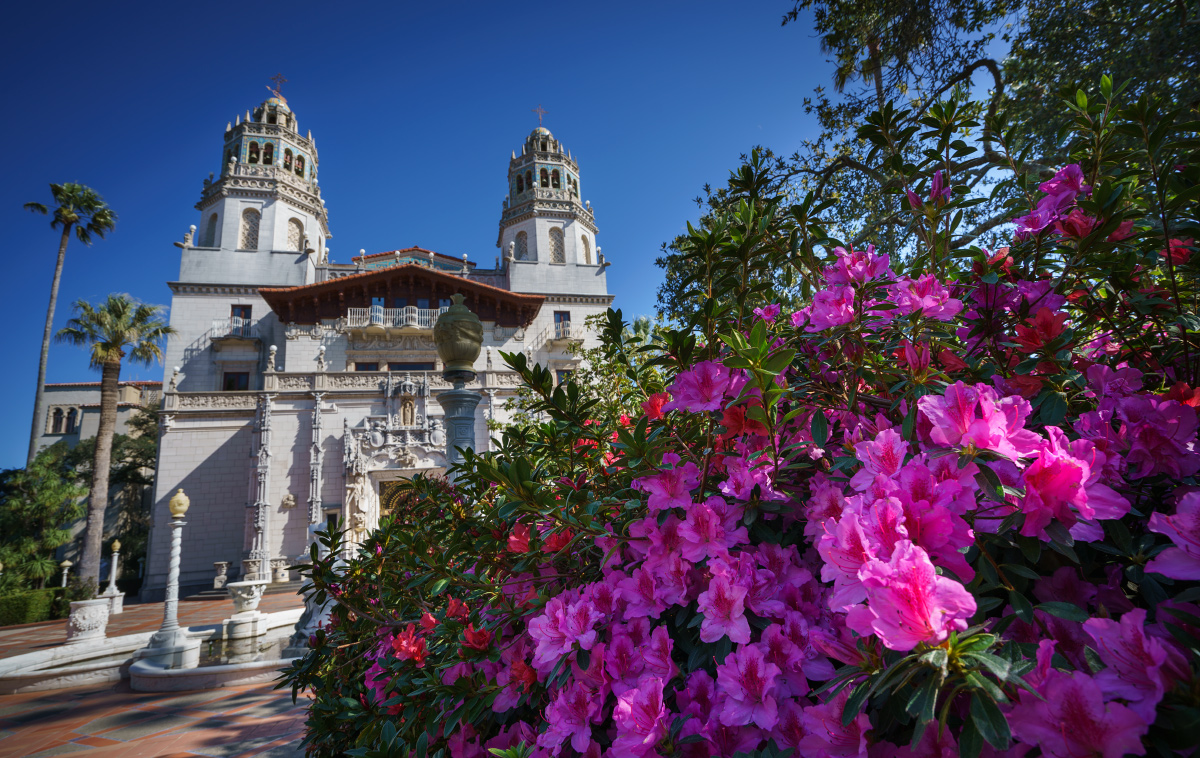 –
–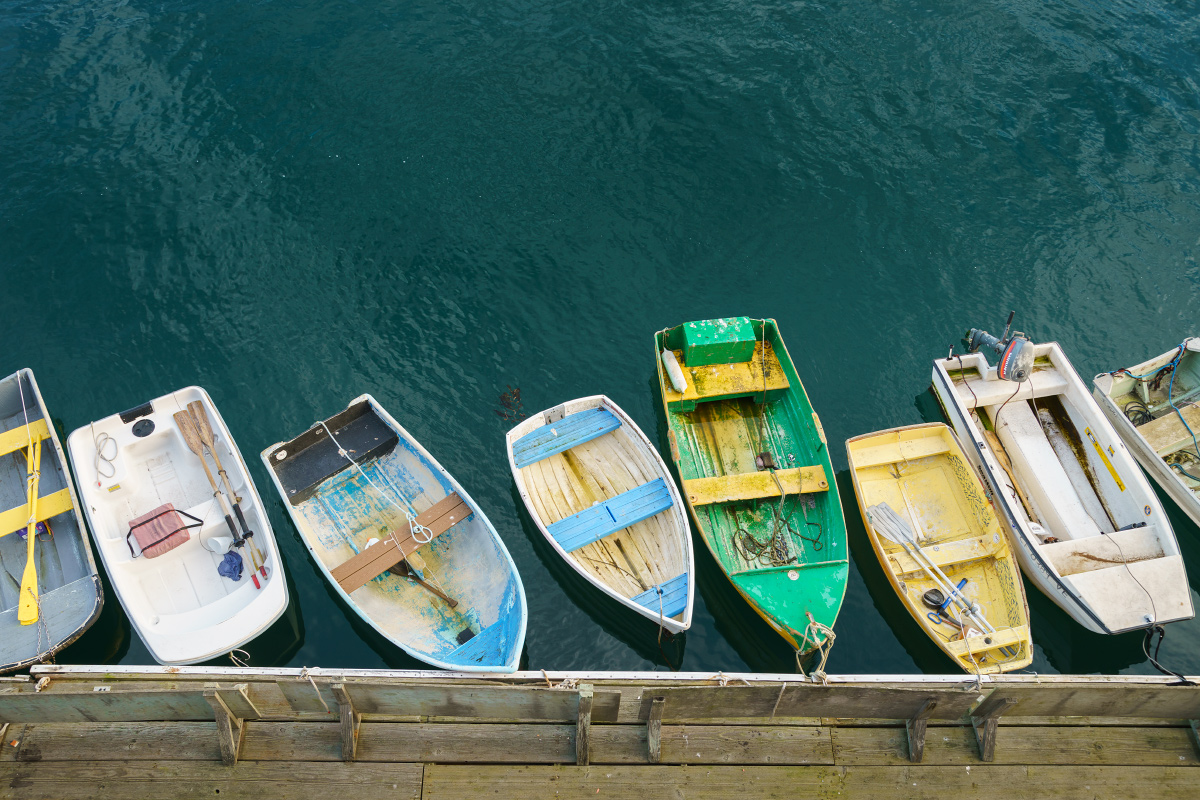 –
–